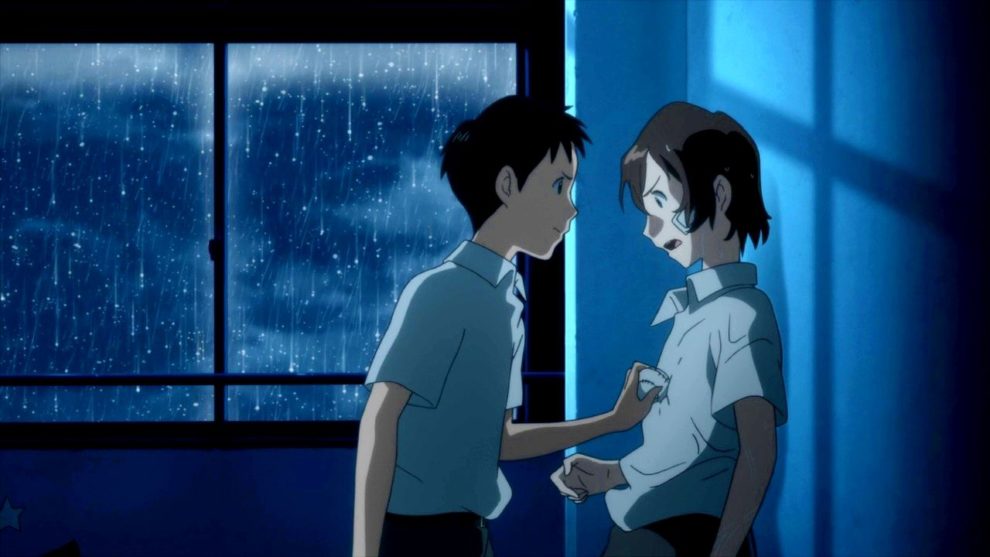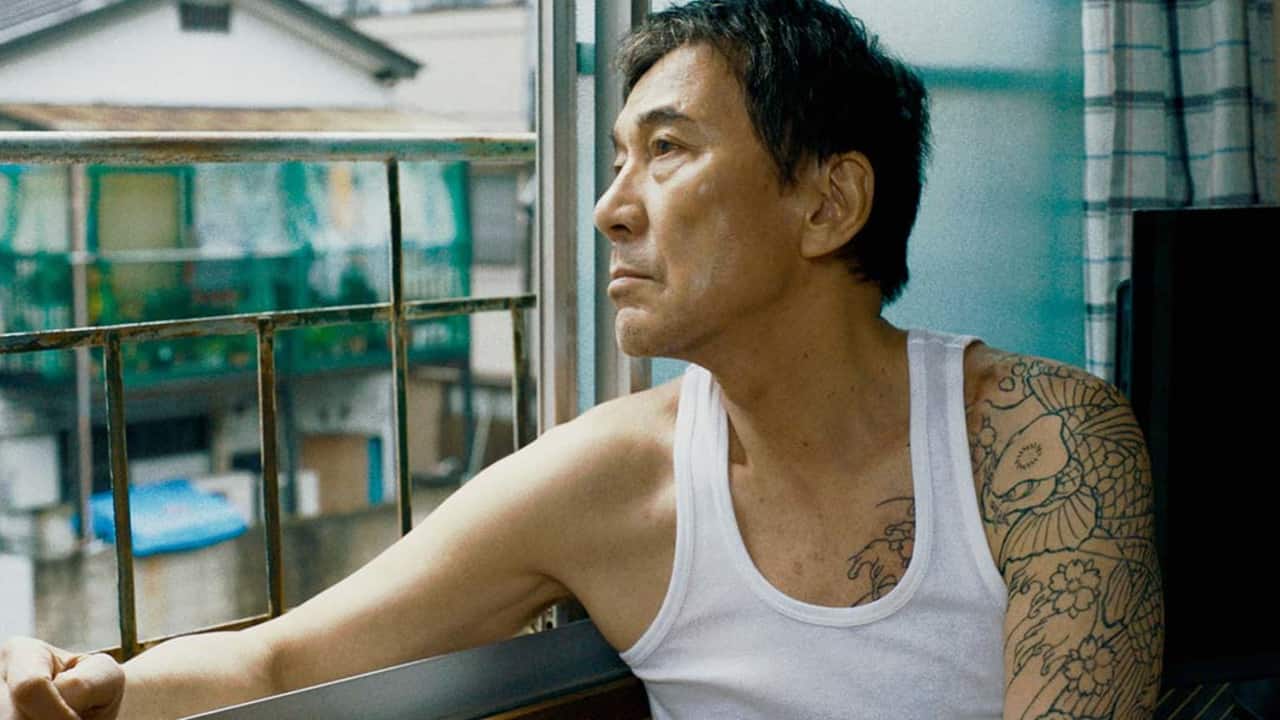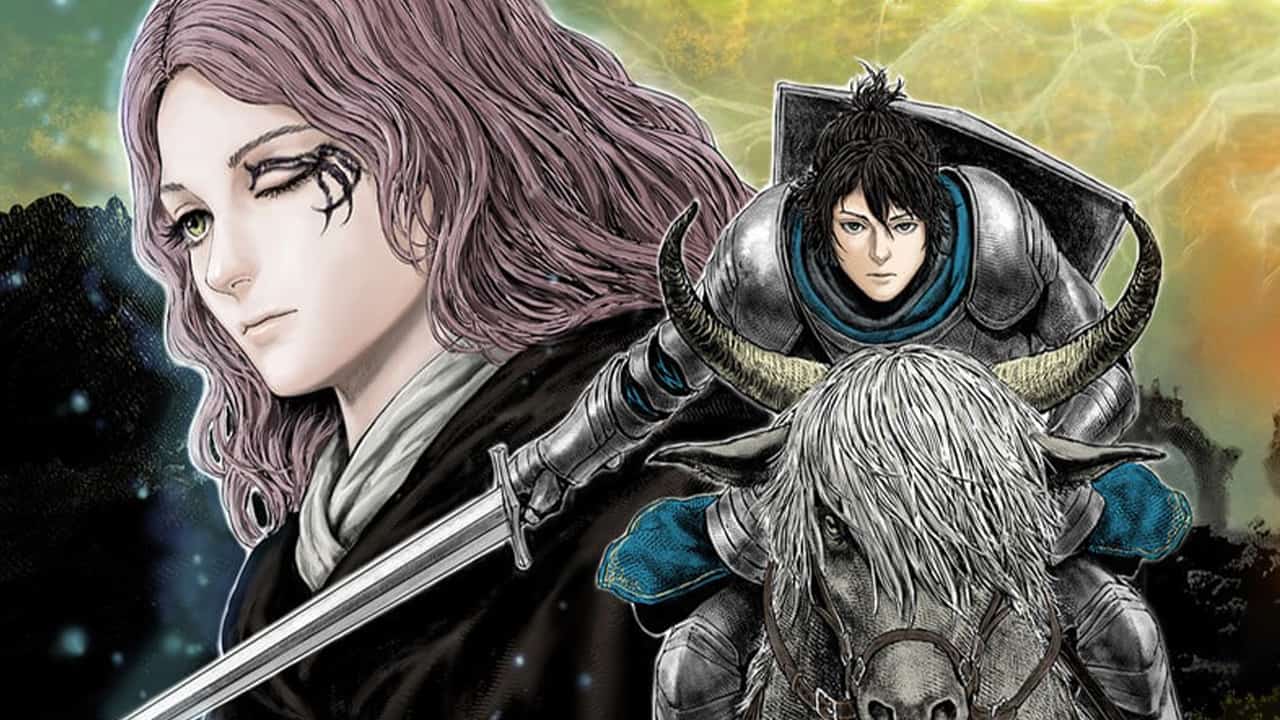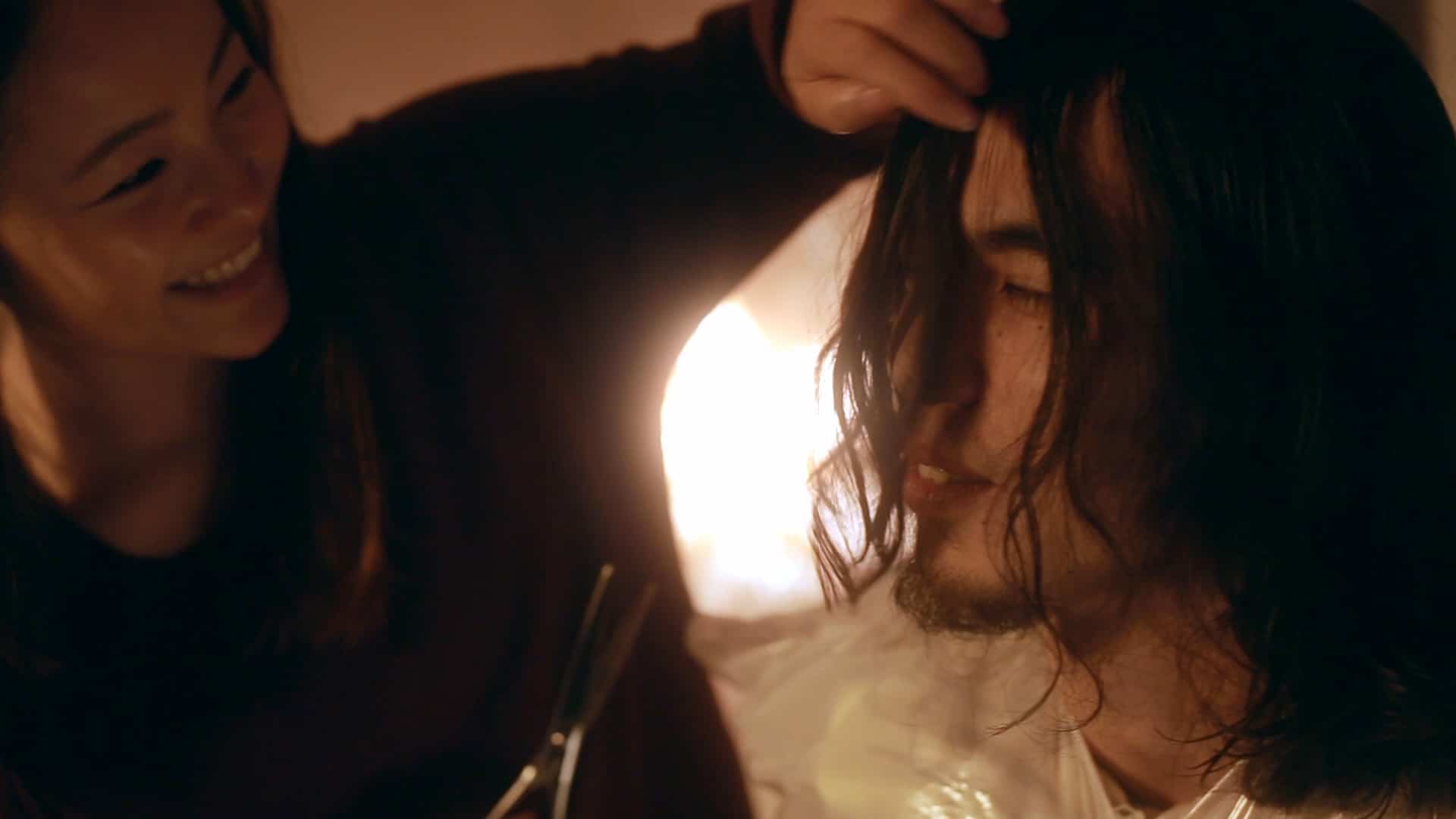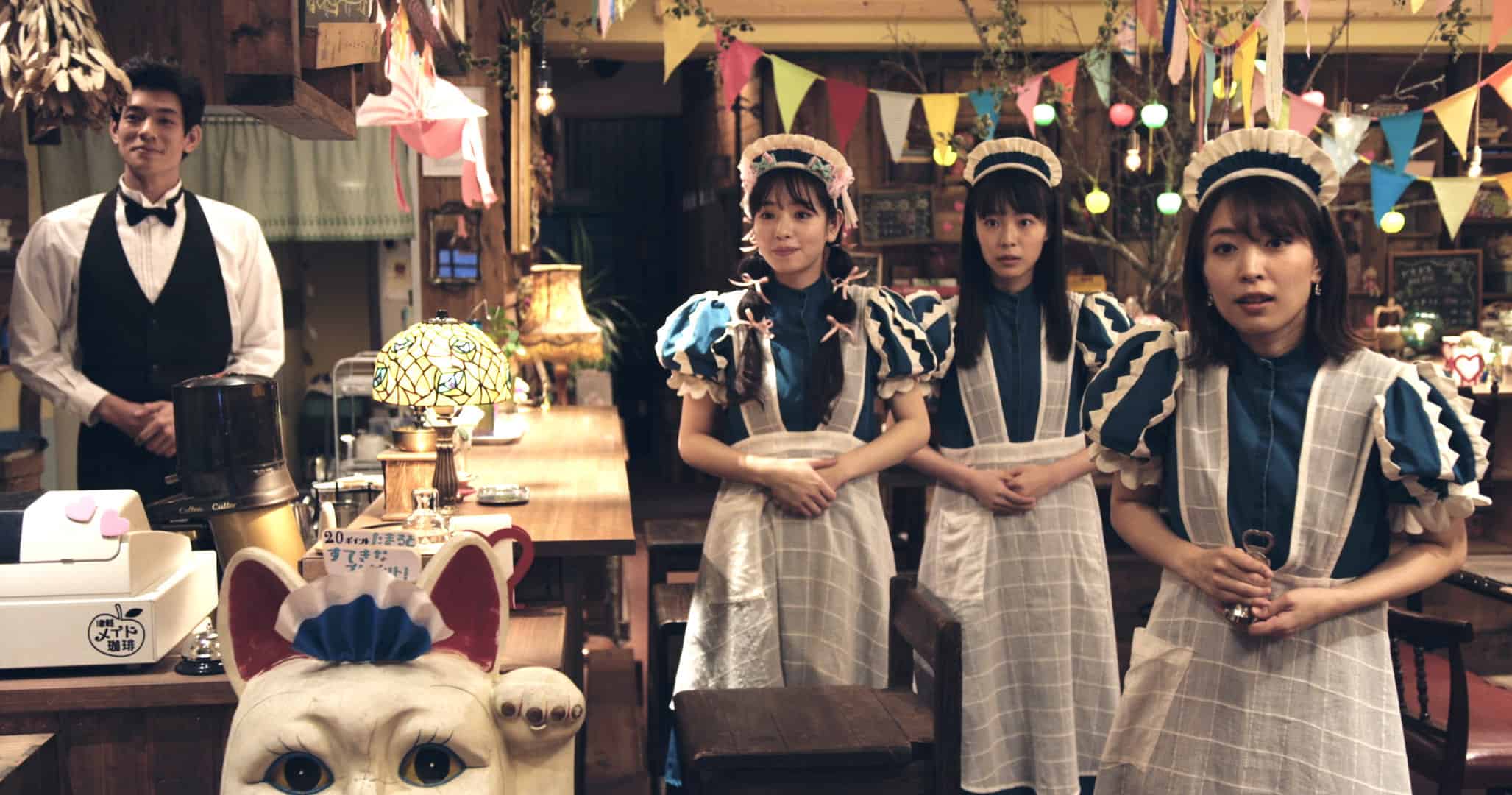After he had started his career in the animation and character design at Studio Ghibli, working on such features as “Arietty” and “From Up on Poppy Hill”, Yojiro Arai eventually became a member of Studio Colorido, where he would not only work in the previously mentioned departments, but also take over directing duties. He also contributed to the animation and character design for “Sonny Boy & Dewdrop Girl”, a short feature by the studio's co-founder Hiroyasu Ishida, who liked the cooperation with his colleague and decided to take over Arai's job for his directing debut, the short feature “Typhoon Noruda”. Much like his colleague's works, the inspiration for the story surrounding the friendship of two male high-school students and their encounter with a supernatural force, came from a drawing which helped him, Ishida and the remaining crew, to find the right language and design approach for the feature.
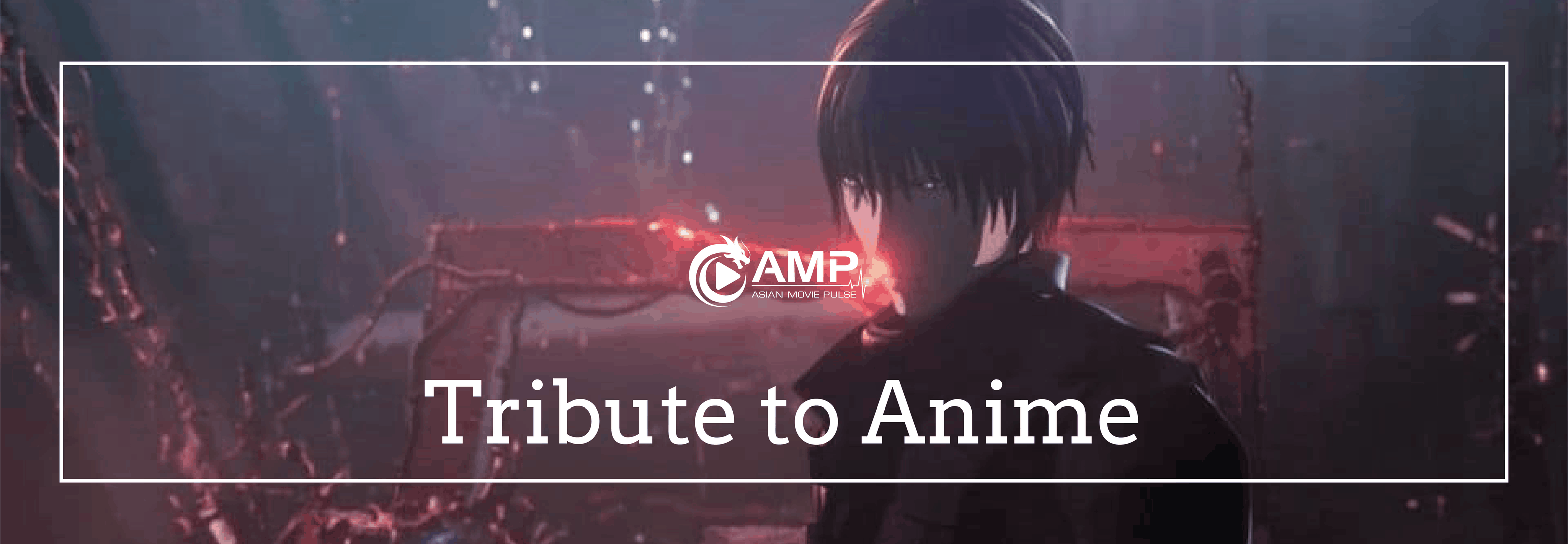
The story takes places on a small island, where preparations are on the way for a big culture festival. In the high-school, the students work hard on the decorations and other details, but long-time friends Shuichi and Kenta have other things on their mind, because with the former planning to quit baseball for good, the latter sees their friendship at risk and feels betrayed, resulting in first a series of insults between the two of them and finally a fight, where their classmates have to intervene eventually. Meanwhile, a storm is on the way, making it impossible for the students to go back to the mainland, or indeed leave the school building as the typhoon eventually hits the island.
Still annoyed by his friend, Shuichi attempts to find a place far away from the rest of the students, when he runs into a mysterious girl, who is suddenly hit by lighting. As he tries to help her and get her to safety, he notices a strange necklace on her and suspects there might be some connection to the storm outside and the stranger in front of him. When he finally realizes the bond between the girl's fate and the typhoon, as well as the survival of the people on the island, he decides to return to his former friend to apologize, in the hope he might be able to help him with a task that is impossible for him alone to solve.
As a directing debut, you can perhaps recognize the kind of obstacles Arai encountered and tried his best to manage in the transition from animation and character design to the directing chair. On the outside, the story of two characters in need to re-discover their friendship in order to solve a great challenge is certainly nothing new and has been done to death within the genre, as a short or long feature. Nevertheless, the characters themselves, the voice cast consisting of Shuhei Nomura, Kaya Kiyohara and Daichi Kaneko, as well as the world design itself do a great job of making “Typhoon Noruda” an entertaining feature with likable, albeit immature characters.
While the story itself is not necessarily the feature's strongest aspect, its design is quite brilliant. Apart from the points mentioned previously, there is also the blend of reality and fantasy, an aspect which is constant in Ishida's work as a director, that is integrated nicely into the narrative, especially visually. Additionally, the score by composer Masashi Hamauzu, who had worked on Ishida's short “Paulette's Chair”, is an integral factor to implement the adventure-like atmosphere which emphasizes the drama in the finale of “Typhoon Noruda”.

In conclusion, “Typhoon Noruda” is a solid short feature about friendship and overcoming obstacles. While Yojiro Arai's directing debut is most convincing in aspects such as its visuals, its story could have done with a bit more depth and creativity, as it feels very conventional.


